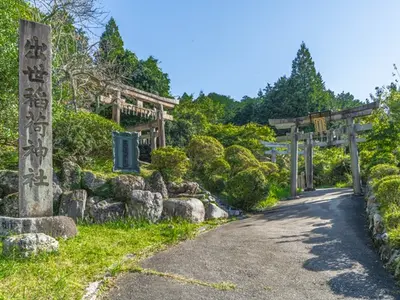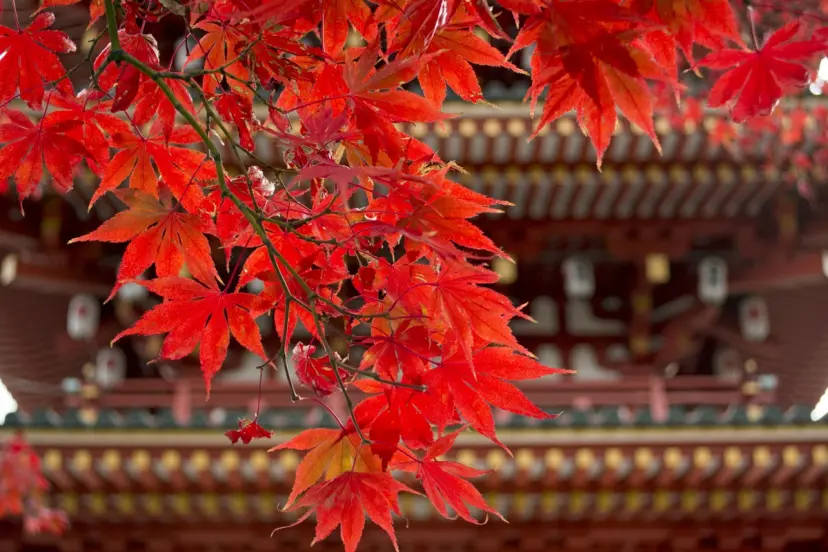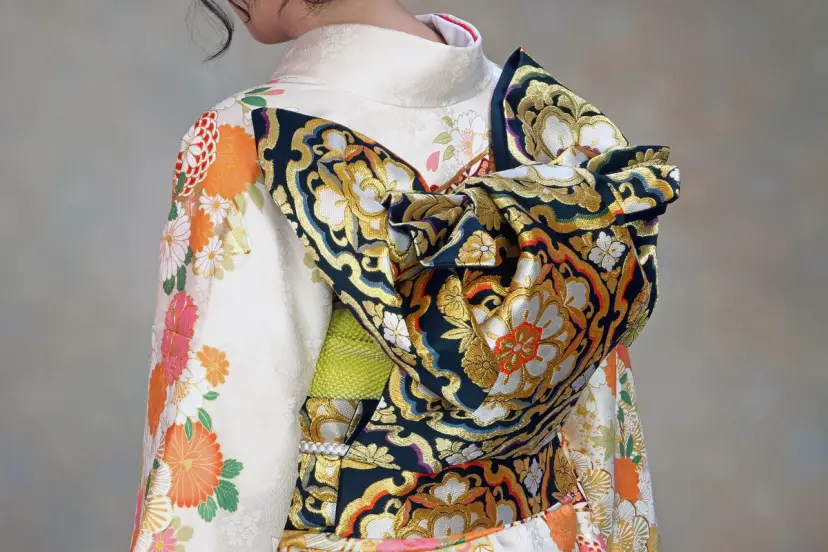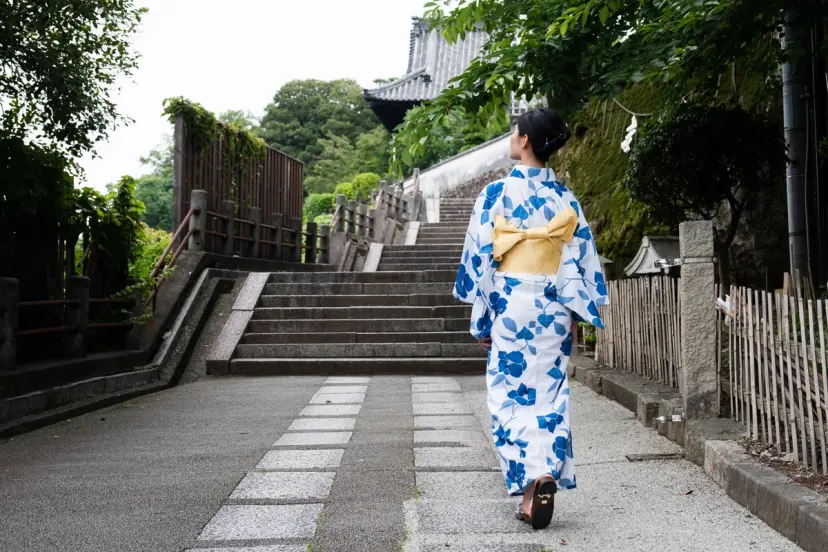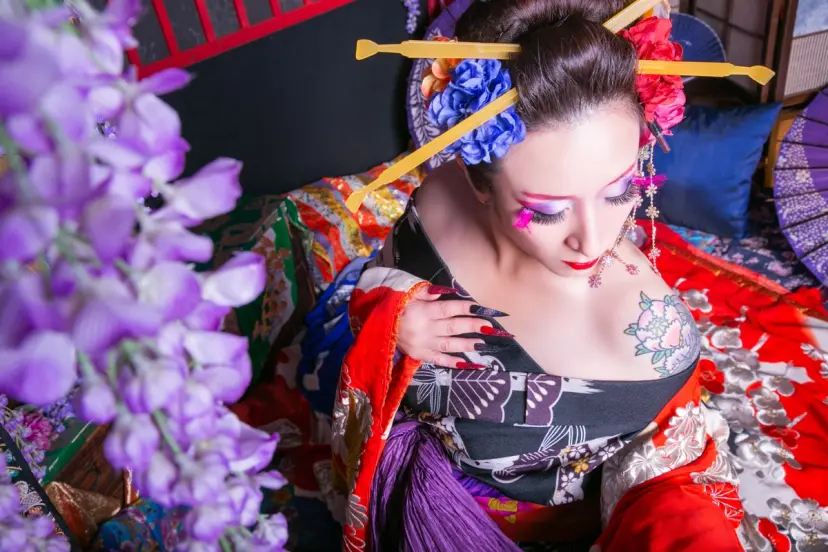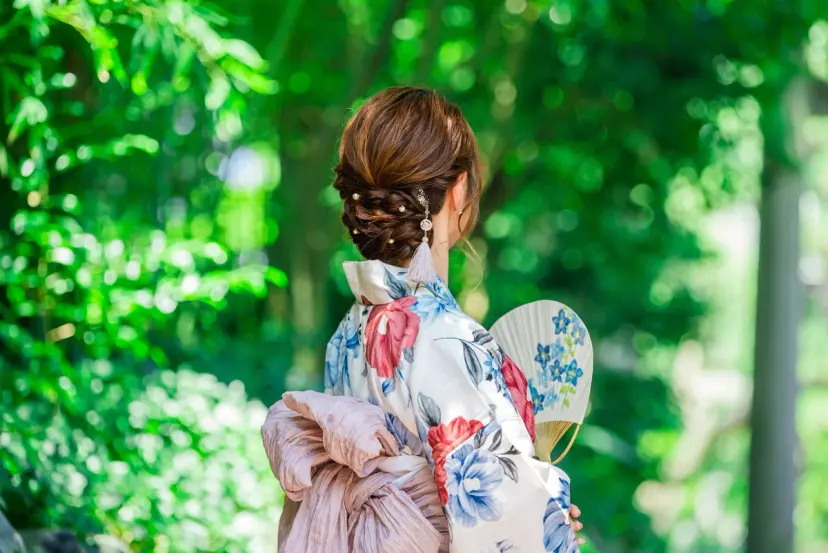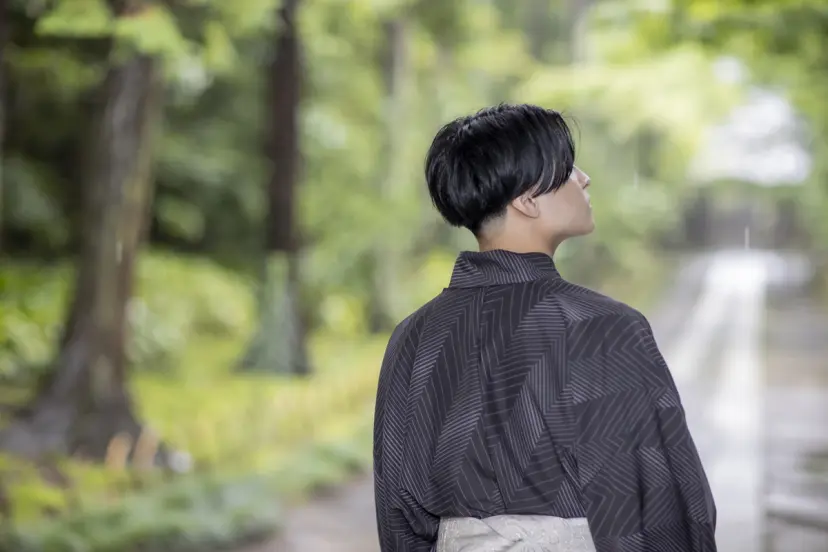What are Goshuin? A Guide to Receiving Them and Choosing a Goshuincho

Sana Yoshida
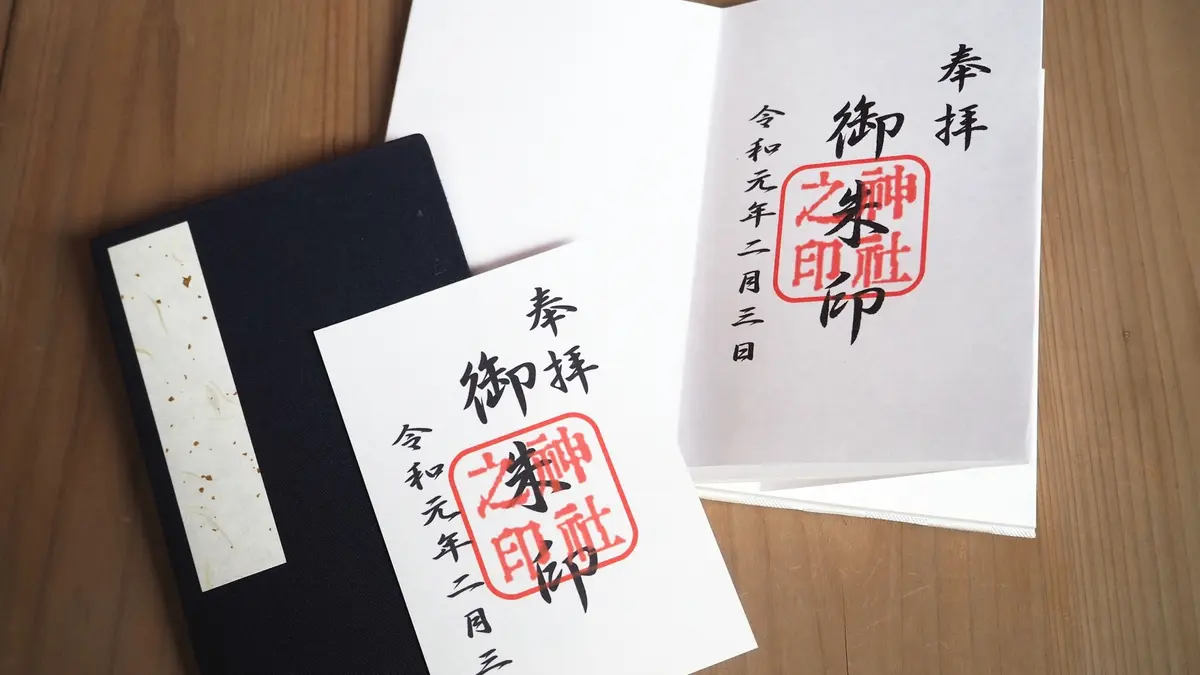
In recent years, goshuin (temple and shrine stamps) have gained popularity across a wide range of age groups in Japan. Many kinds of goshuincho (goshuin stamp books) are also available for collecting these stamps, and they have become popular souvenirs as well. This article explains what goshuin are and how to collect them.
Goshuin You Can Receive at Shrines and Temples
Goshuin are beautiful combinations of brush calligraphy and vermilion seals that you receive when you visit a Shinto shrine or Buddhist temple. They typically include the name of the shrine or temple, the deity or Buddha enshrined there, and the date of your visit, serving as a record of your travels. Many feature artistic designs, so plenty of people enjoy collecting them.
Goshuin originated from nōkyōchō, books used to record the copying and dedication of the Lotus Sutra while visiting temples and shrines across Japan. Their history is said to date back to the Kamakura period. By the Edo period, the practice had spread beyond monks in training to ordinary people, and during the Meiji period, goshuincho and scrolls were created.
Originally, goshuin were distributed as proof of having offered a copied sutra, but over time, they began to be given even to those who simply visited to worship—reflecting how the practice has evolved through the ages.
Becoming a More Casual Presence in Modern Times
Today, colorful designs and those featuring illustrations have emerged, showcasing the unique character of each temple and shrine. There are even collaborative goshuin with manga, anime, and games, making them popular among young people and international tourists alike.
In some places, you can receive limited-edition goshuin available only during certain seasons, such as those featuring cherry blossoms or autumn leaves, as well as special stamps for events like the Flower Festival celebrating the Buddha’s birthday or Setsubun (the bean-throwing festival).
Goshuin can be a gateway into learning about Japanese culture, annual events, and the history of shrines and temples. Don’t let the experience end with receiving one—use it as a chance to deepen your knowledge of the enshrined deity or Buddha, the local history, and related traditions.
The “Power” of Goshuin
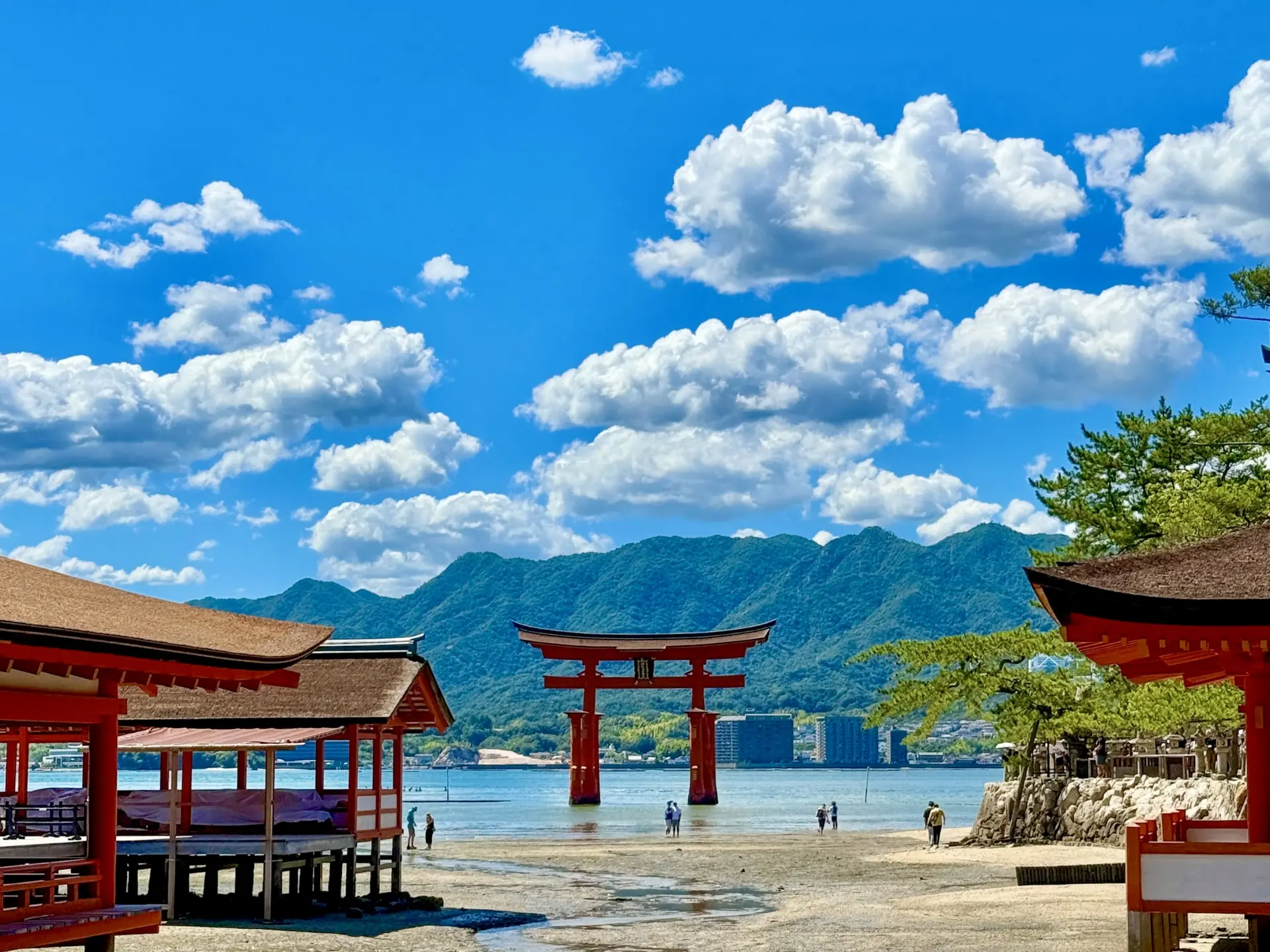
Because you receive them at shrines and temples, you might think goshuin are like omamori (amulets), kumade (decorative rakes), or hamaya (ritual arrows) that bestow blessings, but they are not like that. They are proof of your visit, so treat them with care as a memento of your prayer or trip.
Omamori and similar items are typically returned for ceremonial burning (otakiage) after about a year—as a way to express gratitude and purification. Goshuin, however, do not require otakiage. If you need to dispose of an entire goshuincho, however, it is appropriate to have it respectfully burned through otakiage.
How to Receive a Goshuin
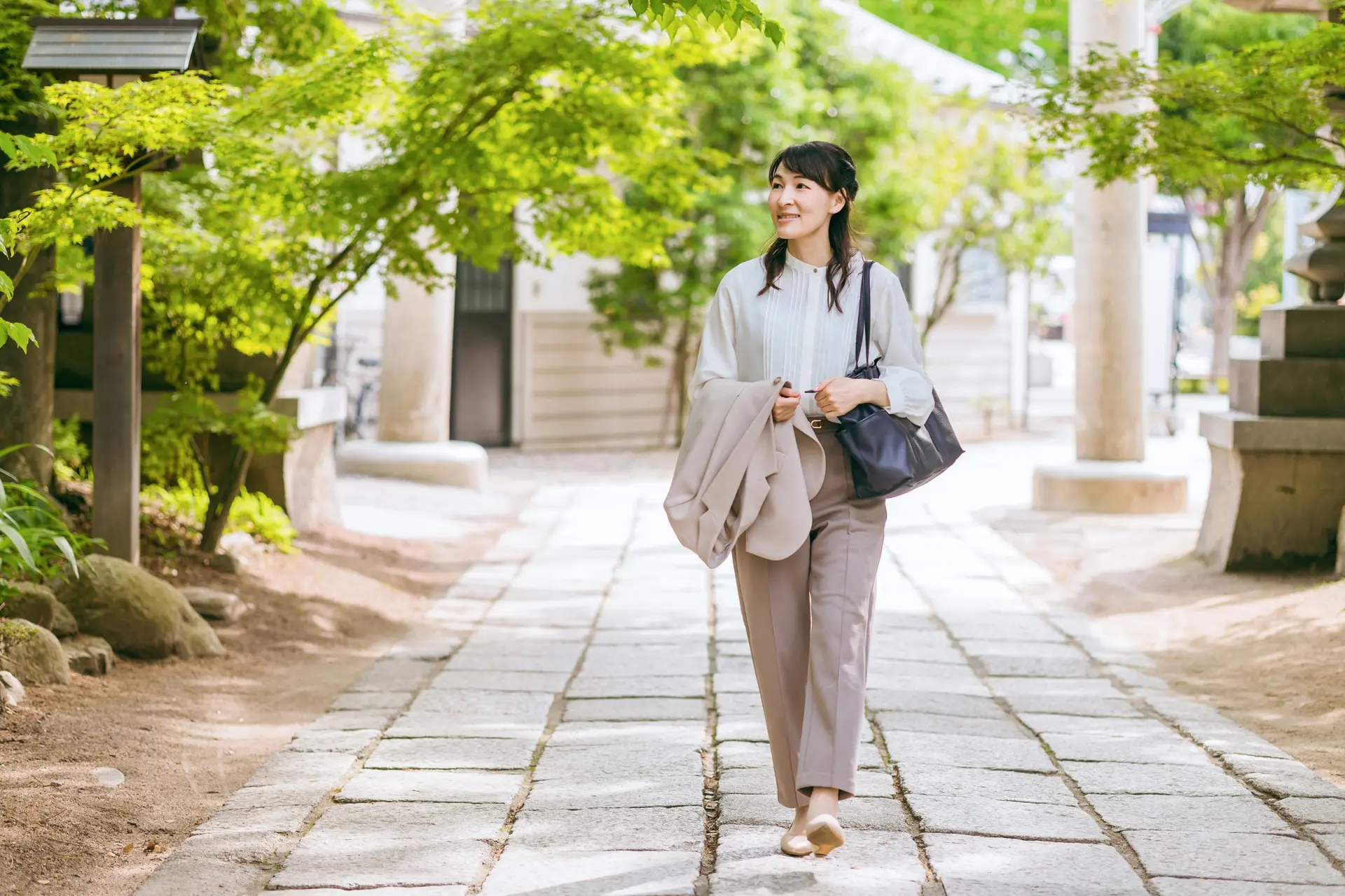
- Visit and pay your respects at the shrine or temple.
- Go to the juyosho (offering/reception desk) or nokyosho (sutra office) and tell them you would like a goshuin.
- Offer the hatsuho-ryo (customary donation).
- When it’s finished, accept it with thanks.
If you have a goshuincho, open it to the page where you’d like the goshuin and hand it over.
And if you want know that about visiting etiquette at shrines and temples, You can check this post.
How Much Does a Goshuin Cost?
The usual range is 300–500 yen.
That said, goshuin from famous sites or with elaborate designs may be priced a bit higher.
Payment is generally cash only, so check in advance and prepare exact change when possible.
Tips and Etiquette to Keep in Mind
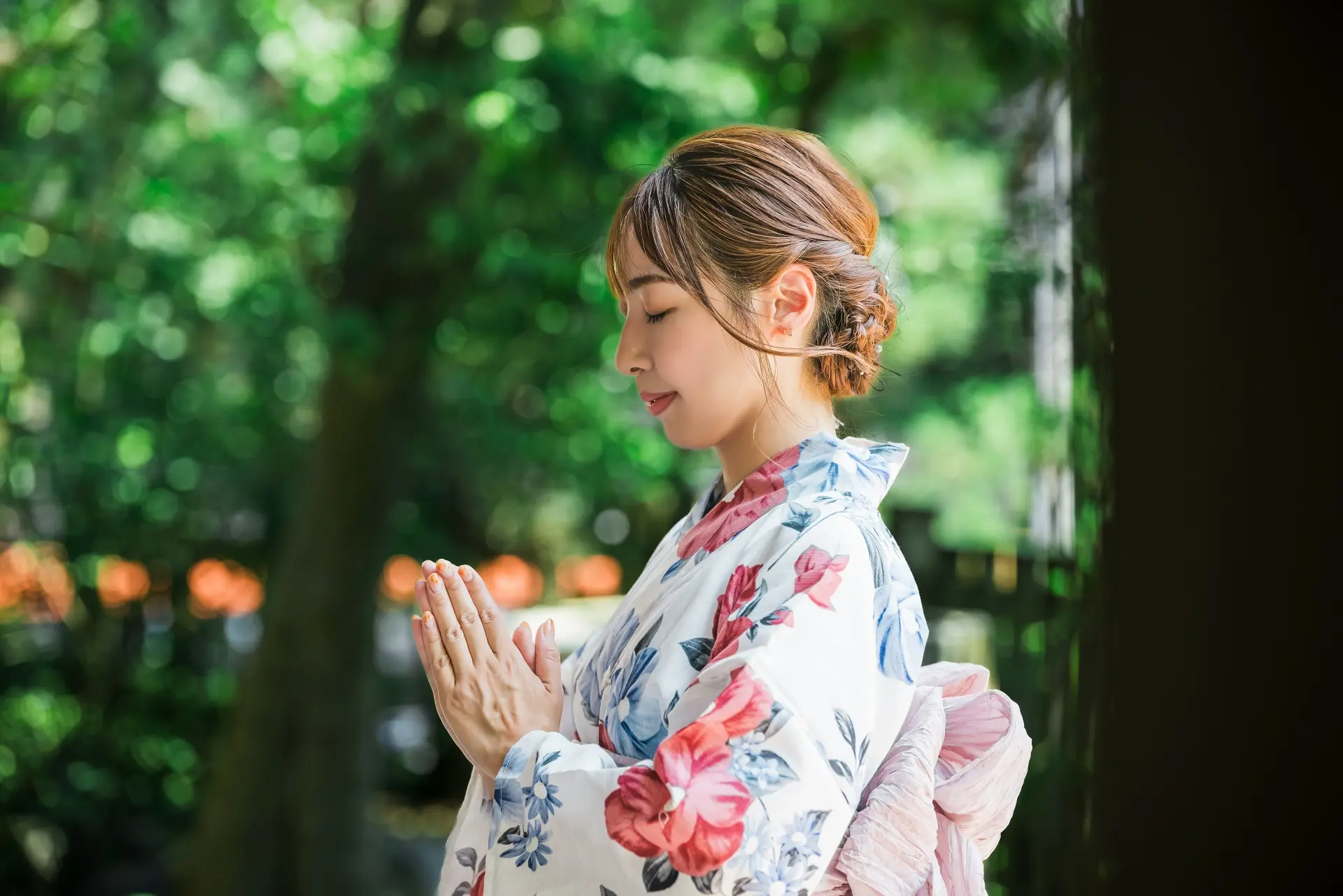
Respect the Cultural Background
Goshuin were originally given as proof of having copied and dedicated sutras. Today, anyone can receive them, but it’s important to do so with sincerity—take the time to pray respectfully before asking for one.
Remember, goshuin are not just part of a stamp collection; they’re sacred offerings that deserve gratitude and reverence.
Follow On-Site Guidance
Sometimes goshuin are written on the spot; other times you’ll be asked to come back later. Follow the staff’s instructions. If you’re waiting to receive your goshuin on the spot, be mindful not to disturb other visitors and wait quietly and respectfully.
One of the joys of hand-drawn goshuin is that no two are ever exactly alike. You may see beautiful designs on social media, but please remember—it’s not appropriate to make personal requests such as “I want mine to look like this” or “I’d like it written by that person.”
Check Ahead and Dress Appropriately
Not every shrine or temple offers goshuin, and some only provide them during certain periods or hours. It’s smart to check ahead.
Many of these places are also popular tourist destinations, especially on weekends, holidays, and during long vacation periods. However, temples and shrines are, above all, sacred spaces. While there, take care with your appearance and conduct your visit quietly and respectfully.
Photograph with Respect
When it comes to taking photos, it’s important to follow the rules displayed within the shrine or temple grounds. It’s understandable that you might want to capture a rare glimpse of the chief priest, shrine maidens, or monks, but remember—they are not tourism staff, but religious practitioners who serve the deities and Buddhas. Please refrain from asking them for commemorative photos or doing anything that might cause inconvenience. Of course, taking photos without permission is also not allowed.
If their manner feels a bit reserved at times, remember that you are a visitor seeking blessings. As noted, the people working at these sites serve the divine; they are not there to provide commercial “customer service.”
Getting a Goshuincho
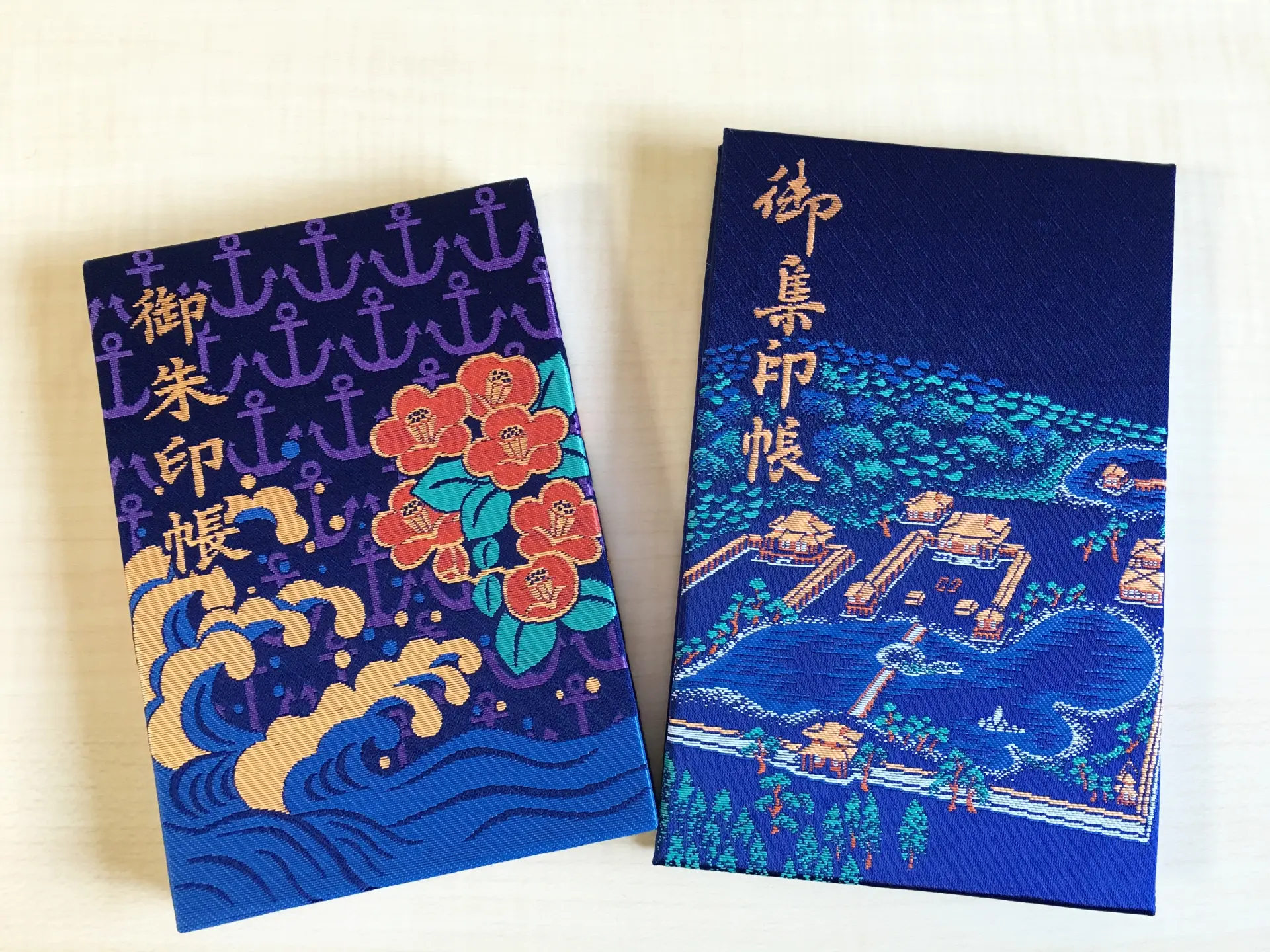
More and more places now offer kakioki goshuin—those written in advance on separate sheets of paper. Even if you don’t have a goshuin book, you can still receive one on paper or as a sticker. However, having your own goshuincho makes collecting and looking back at each stamp much more enjoyable.
Although goshuin don’t have the same protective power as amulets, they are still sacred. So even if you don't plan on collecting many, it’s not appropriate to ask for a goshuin to be written in an ordinary notebook, planner, or on plain paper. Likewise, avoid stamping commemorative seals from stations or regular facilities in your goshuin book.
Goshuincho often feature distinctly Japanese designs, so finding a favorite is part of the fun.
How to Purchase a Goshuincho
You can buy one at the offering/reception desk of shrines and temples.
Within Japan, you can find them at stationery stores, bookstores, souvenir shops, and even online. In the case of anime or game collaborations, they may also be available at anime merchandise shops.
Recommended Size
Smaller books are about A6 (paperback) size; larger ones range from B6 up to B5. We recommend B6—it’s easy to carry and fits most goshuin nicely.
Double-Sided Tape and Glue Sticks Are Handy
If you receive a kakioki goshuin, you’ll need to paste it into your goshuincho yourself.
Avoid using glue with too much moisture, as it can cause the paper to wrinkle or affect the goshuin on the other side. Instead, use double-sided tape or a low-moisture glue stick for the best results.
Tips for Choosing Your Own
Goshuin involve stamping and brush calligraphy with ink, which takes longer to dry than standard quick-dry stamp ink.
When choosing a book, opt for washi (traditional Japanese paper) with a slightly coarse, absorbent texture; it helps prevent ink transfer to other pages.
Character-themed goshuincho sometimes have ordinary paper inside, even if the cover clearly says “Goshuincho.” This isn’t an issue if you’re only attaching kakioki goshuin, but for handwritten ones, you’ll need to keep the book open until the ink dries. Be sure to handle it carefully to avoid smudging.
Goshuin – Perfect for Your Travels
Goshuin designs often change monthly, and special limited-edition versions are sometimes offered to mark seasonal events or festivals. Collecting these unique goshuin makes visiting temples and shrines even more enjoyable and meaningful—so be sure to get one for yourself!
- Related Links
Jinja Honcho
